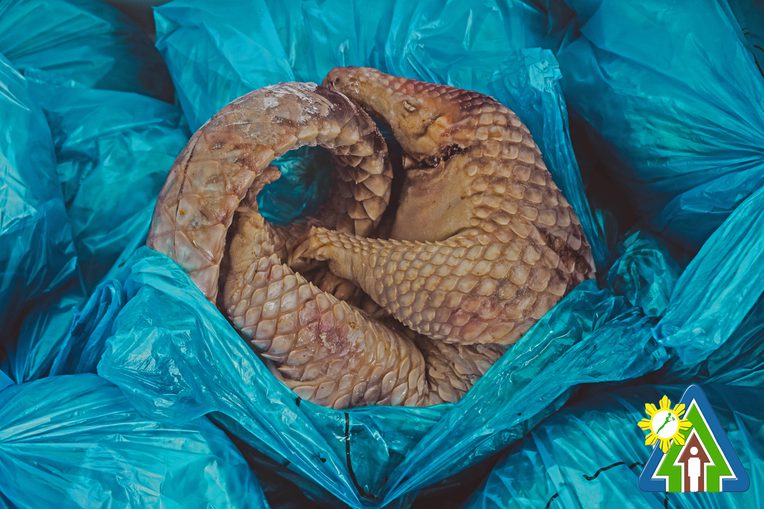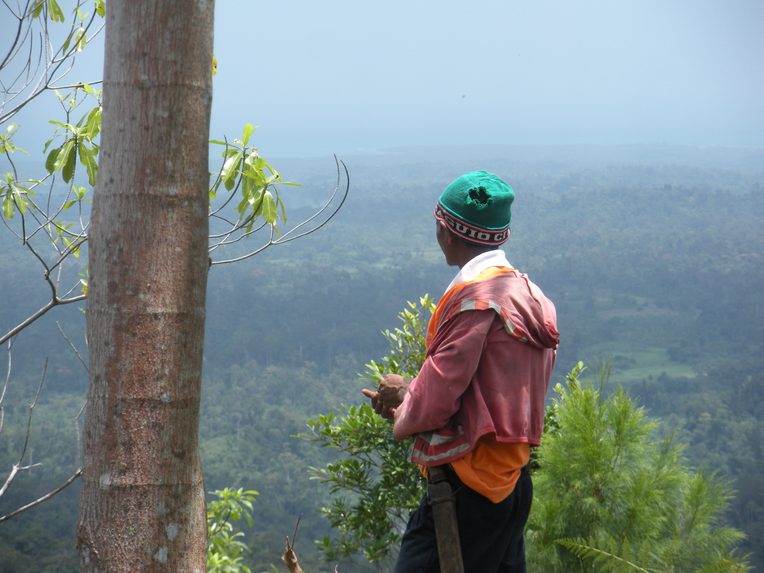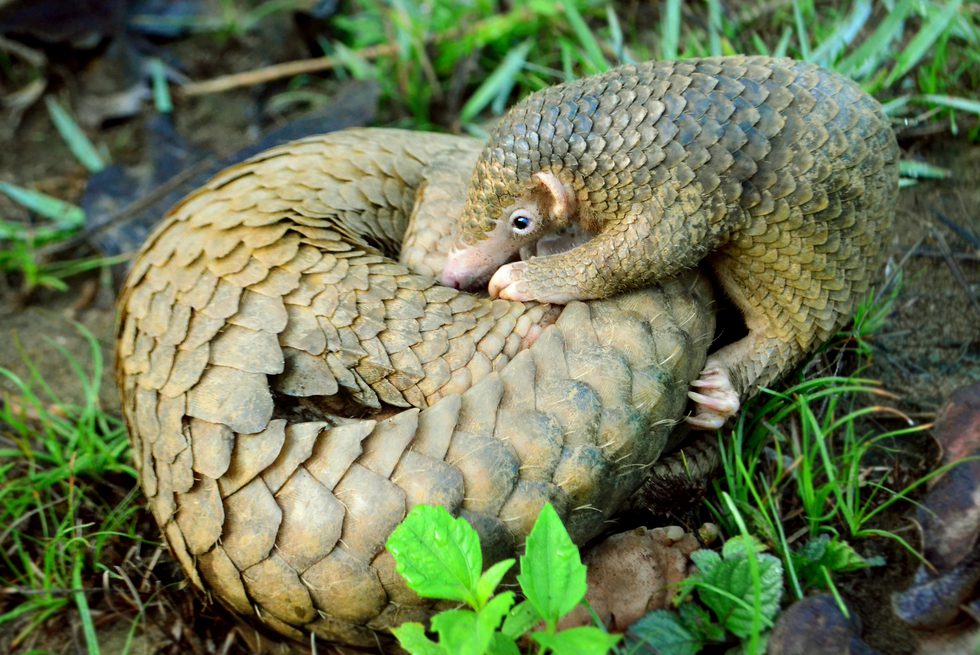Amid ongoing debates over where and how Covid-19 emerged, a “multispecies cloud” of zoonotic speculation has gathered over the wildlife markets of Wuhan in central China (Lowe 2010). Bats, civets, snakes, pangolins, and birds have all found themselves implicated as possible “hosts” for the novel virus.
While we have much to learn about the multispecies nature of Covid-19, a focus on its nebulous animal origins risks obscuring important dimensions of this global phenomenon. As in past outbreaks of zoonotic disease, the virus’s potential leap from a still-unknown animal to humans has prompted widespread racist commentary on Asian foodways, including a misinformed hysteria surrounding the consumption of “bat soup.” Even critical scholars seem eager to fetishize the pandemic’s uncertain but “exotic” origins, as seen, for example, in the alarmingly tone-deaf collection Sopa de Wuhan.
But the potentially disorienting effects of this multispecies cloud go beyond recourse to tired racist stereotypes. A multispecies exploration of Covid-19 appropriately highlights the profitable and violent commodity chains that connect mass consumption of wild animals to global “biodiversity hotspots.” Genomic analyses suggesting an origin in the widely trafficked pangolin have renewed attention, in particular, to the expansive trade in this uniquely scaly mammal.
“Paying attention to pangolins” and other photogenic wildlife has allowed commentators to tie the pandemic to global environmental destruction instead of the consumption of “strange” animals. Yet, perversely, this move has minimized or erased reference to the peoples who actually coexist with these lifeforms. Even in attempts to center the labor of smallholder farmers, “the forest” is not a landscape emerging from more-than-human collaboration, but a “wilderness” evacuated of human life, whose innate “environmental complexity . . . disrupts transmission chains.” No mention is made of the indigenous communities who have coproduced these forests over generations. And when indigenous peoples do feature prominently in Covid-19 narratives, they are positioned as passive victims of global events beyond their control, such as in reports on the "uncontacted" tribes of Amazonia.
To be sure, Covid-19 is a story of global environmental destruction with uneven impacts across a world of differential vulnerabilities. But even this expansive framing obscures the active and longstanding struggles for ancestral territory that lie at the heart of this pandemic’s origins.
Forest Communities in the World System
In spite of their erasure and misrepresentation in dominant pandemic narratives, the indigenous peoples who reside in Southeast Asia’s upland forests have been key brokers of globalization for centuries. In upland Borneo, for example, “Dayak” peoples are not bystanders or victims but rather, in Michael R. Dove’s (2011, 258) words, “quintessential global actors,” who have played decisive roles as producers of valuable commodities like rubber, pepper, and rattan.
This kind of analysis upends popular visions of indigenous peoples as marginal to global economic and political histories. As Dove’s (2011) work indicates, upland peoples in Southeast Asia have been at turns staunch resistors and savvy participants in the world system.
The international wildlife trade that supplies markets like those in Wuhan is only the most recent manifestation of this dynamic. As in centuries past, the forests of Southeast Asia—and the more-than-human communities dwelling therein—play key roles in the commodity chains that tightly braid indigenous land and labor to pivotal moments of global change.
Indigenous Lands and Livelihoods on Palawan Island
The Philippine island of Palawan is one of many sites around the world that supply forest products, both legal and illegal, to markets in China. As both a “biodiversity hotspot” and a porous “frontier zone” within the Philippines, Palawan has in recent years seen a staggering surge in illegal wildlife extraction for international markets. Only last year, for example, over one ton of pangolin scales were confiscated in the provincial capital. Philippine police routinely capture large shipments of frozen turtles, pangolins and other wildlife, likely representing only a small fraction of this grim trade.

These troubling realities result, in part, from failures of environmental regulation, as per narratives that blame a generically human (or even a specifically capitalist) misuse of nature for the emergence of Covid-19. But there are larger issues at stake for Palawan’s indigenous peoples, who face a double burden from wildlife trafficking. First, they must contend with an escalating form of organized crime that systematically disrupts life-sustaining ecological relationships and abets other forms of encroachment on their lands, such as tourism, conservation, monocrop plantations, and mining. Second, their own subsistence practices are often subjected to the same environmental and moral condemnation as wildlife trafficking. The conservation enclosures that have proliferated on Palawan in recent years do as much to police trafficking as they do to surveil, regulate, and “modernize” indigenous livelihoods. This double burden, in turn, augments the long-term processes of violence, discrimination, and dispossession that have left many of the region’s indigenous communities economically disempowered and alienated from the mechanisms of environmental regulation.
At the same time, as frontline communities, advocates, and leaders in environmental movements, Palawan’s indigenous peoples shape and resist these realities, both through everyday forms of “survivance” and through explicit demands for more control of their own lands and seas (Vizenor 1998; see also Rubis and Theriault forthcoming). And, like elsewhere in the Philippines, they increasingly face violence and intimidation at the hands of state and corporate actors intent on keeping Palawan open for wildlife trafficking, mining, tourism, and agribusiness.
Palawan is by no means unique in this regard. Wherever wild lifeforms are extracted for sale in distant markets, human communities bear the direct consequences of this lost “biodiversity” and of corresponding efforts to securitize it. And wherever these consequences are felt, communities play important roles in shaping them, both by participating in global commodity chains (for better and for worse) and by fighting to define their own futures. Indigenous struggles for land and livelihood are central, not marginal, to the multispecies cloud that hovers over Wuhan and other epicenters of zoonotic disease.

References
Dove, Michael R. 2011. The Banana Tree at the Gate: A History of Marginal Peoples and Global Markets in Borneo. New Haven, Conn.: Yale University Press.
Lowe, Celia. 2010. “Viral Clouds: Becoming H5N1 in Indonesia.” Cultural Anthropology 25, no. 4: 625–49.
Rubis, June Mary, and Noah Theriault. Forthcoming. “Concealing Protocols: Conservation, Indigenous Survivance, and the Dilemmas of Visibility.” Social and Cultural Geography.
Vizenor, Gerald. 1998. Fugitive Poses: Native American Indian Scenes of Absence and Presence. Lincoln: University of Nebraska Press.
